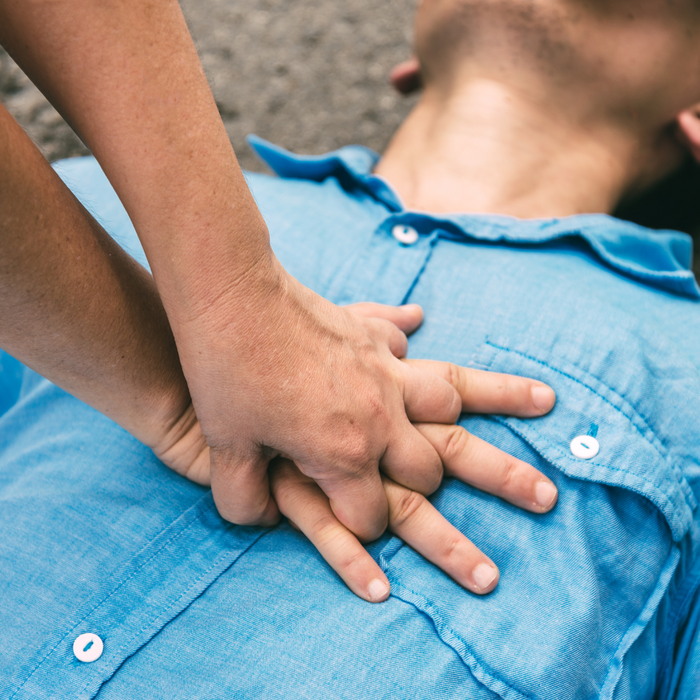Cardiopulmonary Resuscitation (CPR) training comes in various forms to cater to different needs and levels of expertise. CPR is a critical skill that can save lives, and the type of training you choose should align with your specific requirements. Here, we will explore the different kinds of CPR training available to help you make an informed decision about which one suits you best.
Exploring the Different Types of CPR Training for Every Need

Basic Life Support (BLS) Training
Basic Life Support (BLS) training is one of the most fundamental forms of CPR training and is typically geared towards healthcare professionals, including doctors, nurses, paramedics, and medical students. BLS courses provide in-depth knowledge and hands-on practice in high-quality CPR techniques. Participants learn how to perform chest compressions, provide rescue breaths, and use automated external defibrillators (AEDs).
BLS training also covers the recognition of cardiac arrest and the importance of early defibrillation, as well as team dynamics for effective resuscitation efforts. This type of training is essential for individuals who are likely to encounter cardiac arrest situations in a clinical setting.

CPR and First Aid Courses
Our CPR courses are designed for the general public, including teachers, childcare providers, coaches, and anyone interested in learning basic life-saving skills. These courses teach CPR techniques for adults, children, and infants, as well as how to use an AED.
In addition to CPR, courses include training in basic first aid, which covers topics such as wound care, choking response, and managing injuries.
CPR-only courses are typically shorter in duration and are an excellent choice for those who want to be prepared for emergencies in both professional and personal settings.

Pediatric CPR and Childcare Provider Training
Pediatric CPR training is specifically focused on providing life-saving skills for infants and children. This training is vital for childcare providers, babysitters, parents, and anyone who regularly interacts with young children. Pediatric CPR courses cover the unique techniques and considerations required when performing CPR on infants and children, as their physiology differs from that of adults.
Participants learn how to recognize and respond to pediatric cardiac emergencies, including choking and sudden cardiac arrest in children. These courses emphasize the importance of quick action and proper techniques to ensure the safety and well-being of young individuals.

In conclusion, CPR training comes in various forms to cater to different audiences and needs. Whether you're a healthcare professional, a teacher, a parent, or someone who simply wants to be prepared for emergencies, there's a CPR training course designed for you. By choosing the right type of CPR training, you can acquire the skills and knowledge necessary to respond effectively to cardiac emergencies and potentially save lives. Remember that regular certification renewal is essential to stay up-to-date with the latest guidelines and techniques in CPR.
